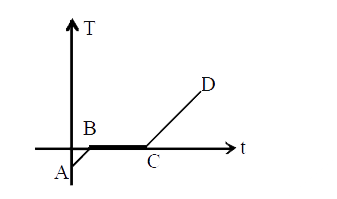Heat is supplied to a certain homogeneous sample of amtter, at a uniform rate. Its temperature is plotted against time, as shown in the figure below. Which of the following conclusions can be drawn?

Its specific heat capacity is greater in the solid state than in the liquid state.
Its specific heat capacity is smaller in the solid state than in the liquid state.
Its latent heat of vaporisation is greater than its latent heat of fusion.
Its latent heat of vaporisation is smaller than its latent heat of fusion.
The latent heat of vaporisation is greater them its latent heat of fusion.
Topper's Solved these Questions
Similar Questions
Knowledge Check
- Question 1 - Select One
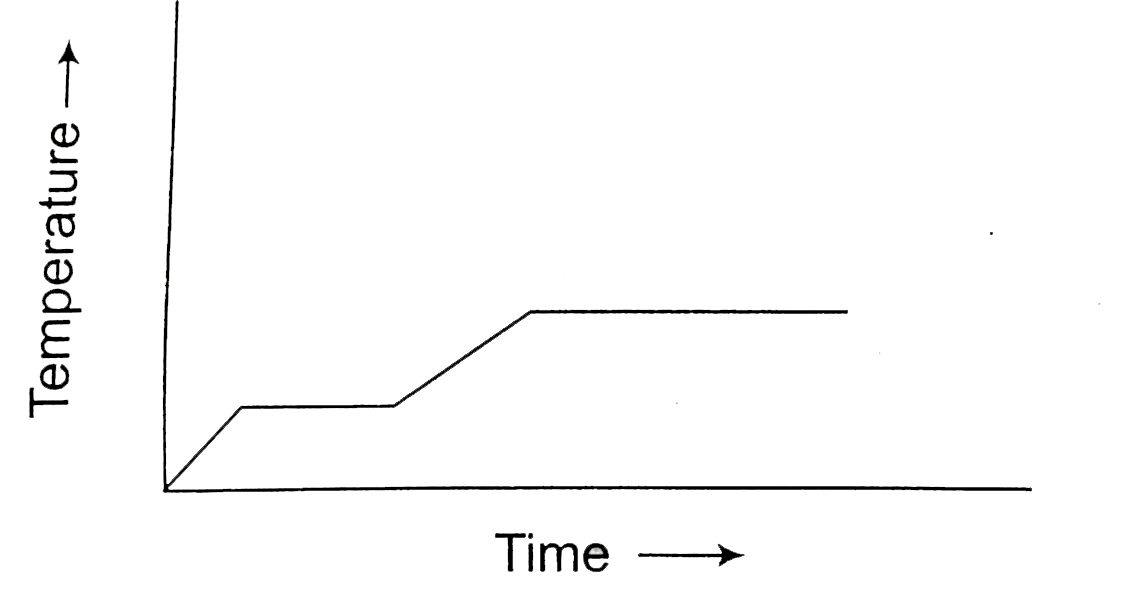
Heat is supplied to a certain homogeneous sample of matter, at a uniform rate. Its temperature is plotted against time, as shown Which of the following conclusions can be drawn?
(i) Its specific heat capacity is greater in the solid state than the liquid state.
(ii) Its specific heat capacity is greater in the liquid state than in the solid state.
(iii) Its latent heat of vaporization is greater than its latent heat of fusion.
(iv) Its latent heat of vaporization is smaller than its latent heat of fusionA(i),(iii)B(ii),(iii)C(iii),(iv)D(i),(iv) - Question 2 - Select One
A hot liquid is kept in a big room. Its temperature is plotted as a function of time. Which of the following curves may present the plot ?
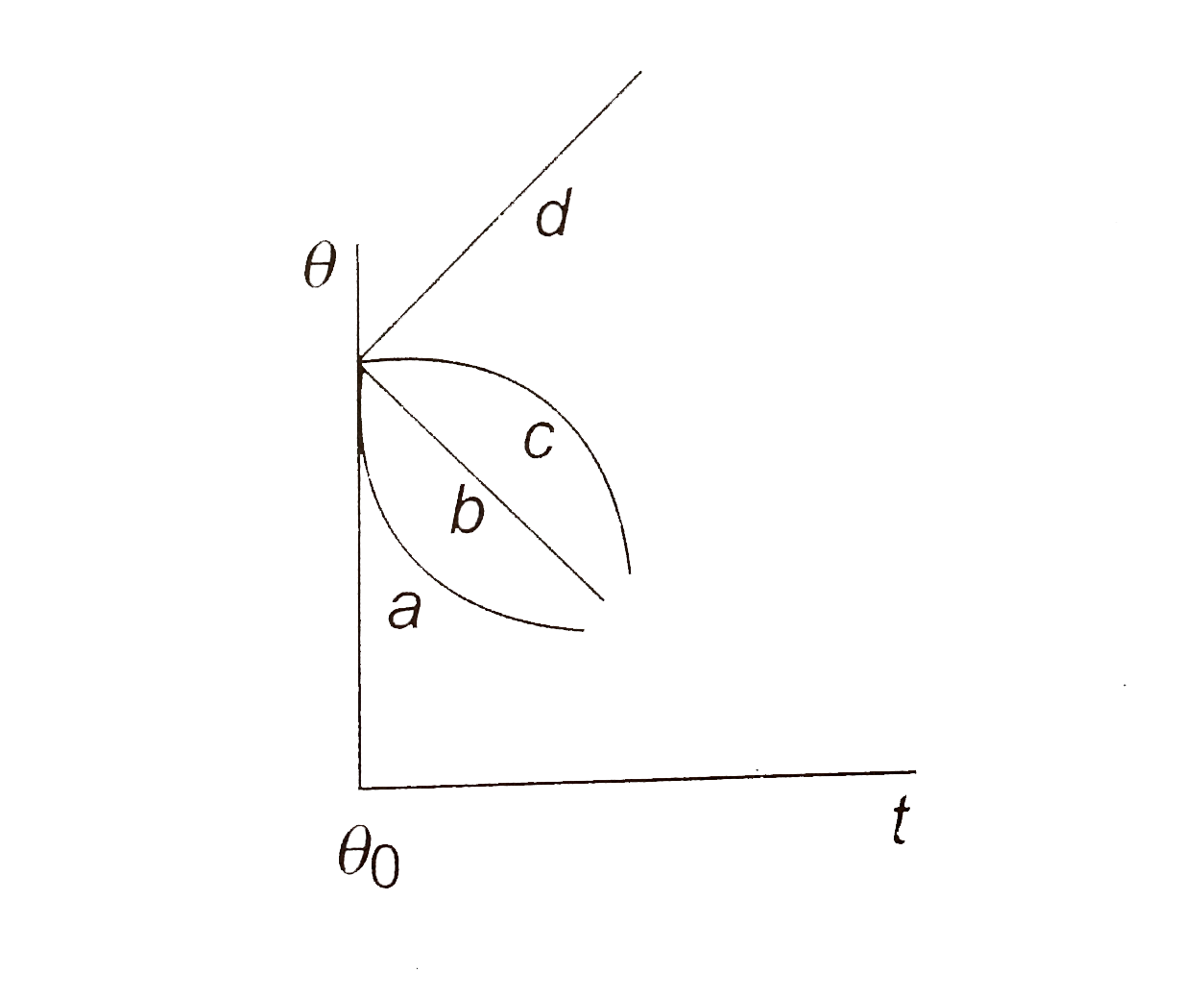 AaBbCcDd
AaBbCcDd - Question 3 - Select One or More
The variation of decay rate of two radioactive samples A and B with time is shown in fig.
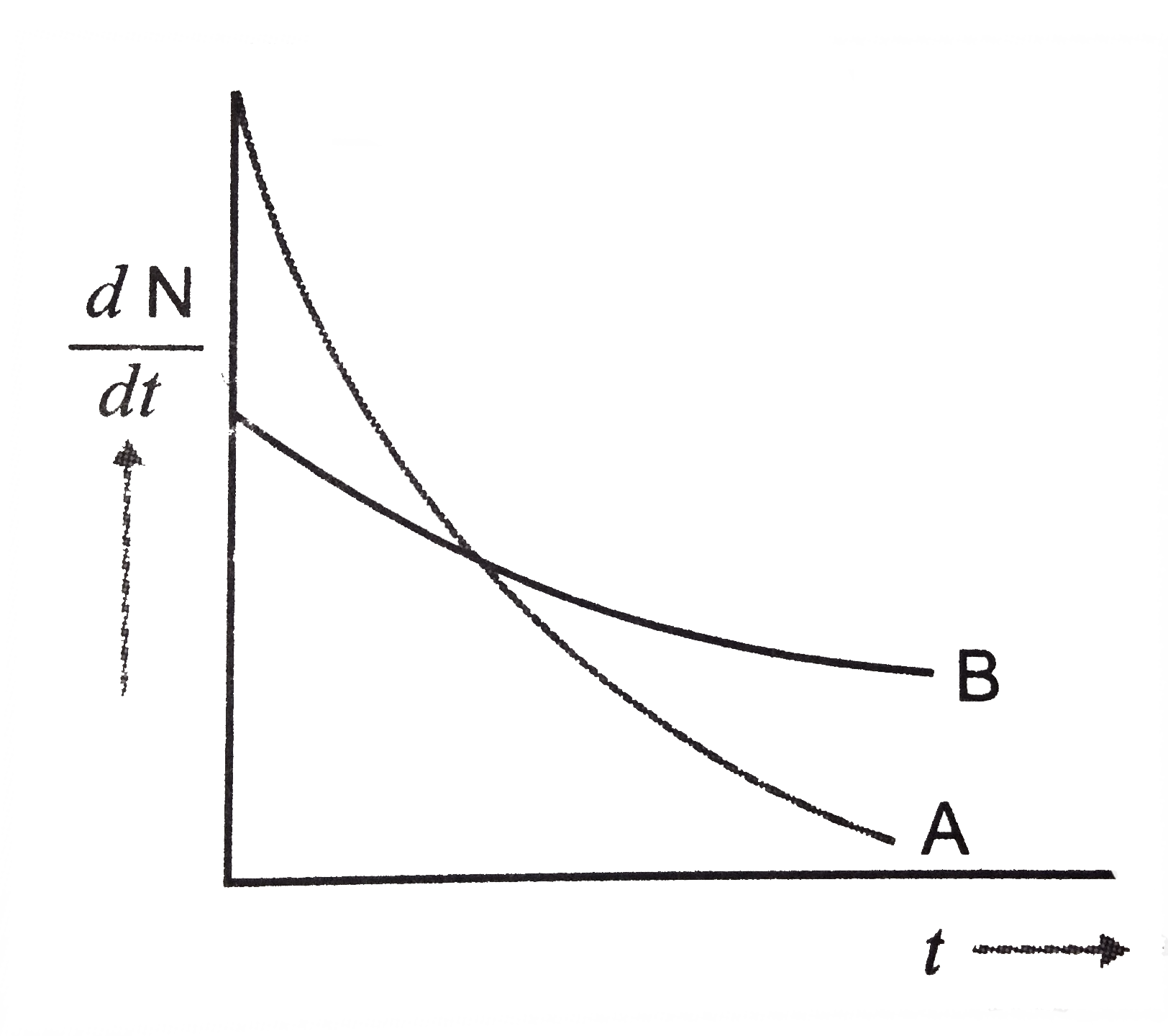
Which of the following statements are true?ADecay constant of A is greater than that of B, hence A always decays faster than BBDecay constant of B is greater than that of A, but its decay rate is always smaller than that of ACDecay constant of A is greater than that of B, but it does not always decay faster than BDDecay constant of B is smaller than that of A but still its decay rate becomes equal to that of A at a later instant
Placed below is a karyotype of a human being..
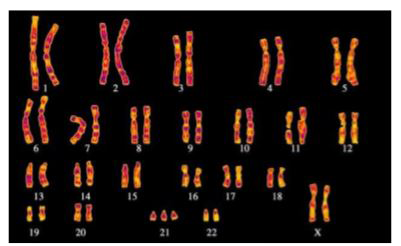
On the basis of this karyotype, which of the following conclusions can be drawn:View SolutionThe intensity of X-rays firom a coollidge tube is plotted against wavelength λ as shown in the figure-3.12. Which ofthe following statements is/are correct:
 View Solution
View SolutionA hot liquid is kept in a big room. Its temperature is plotted as a function of time. Which of the following curves may represent the plot?
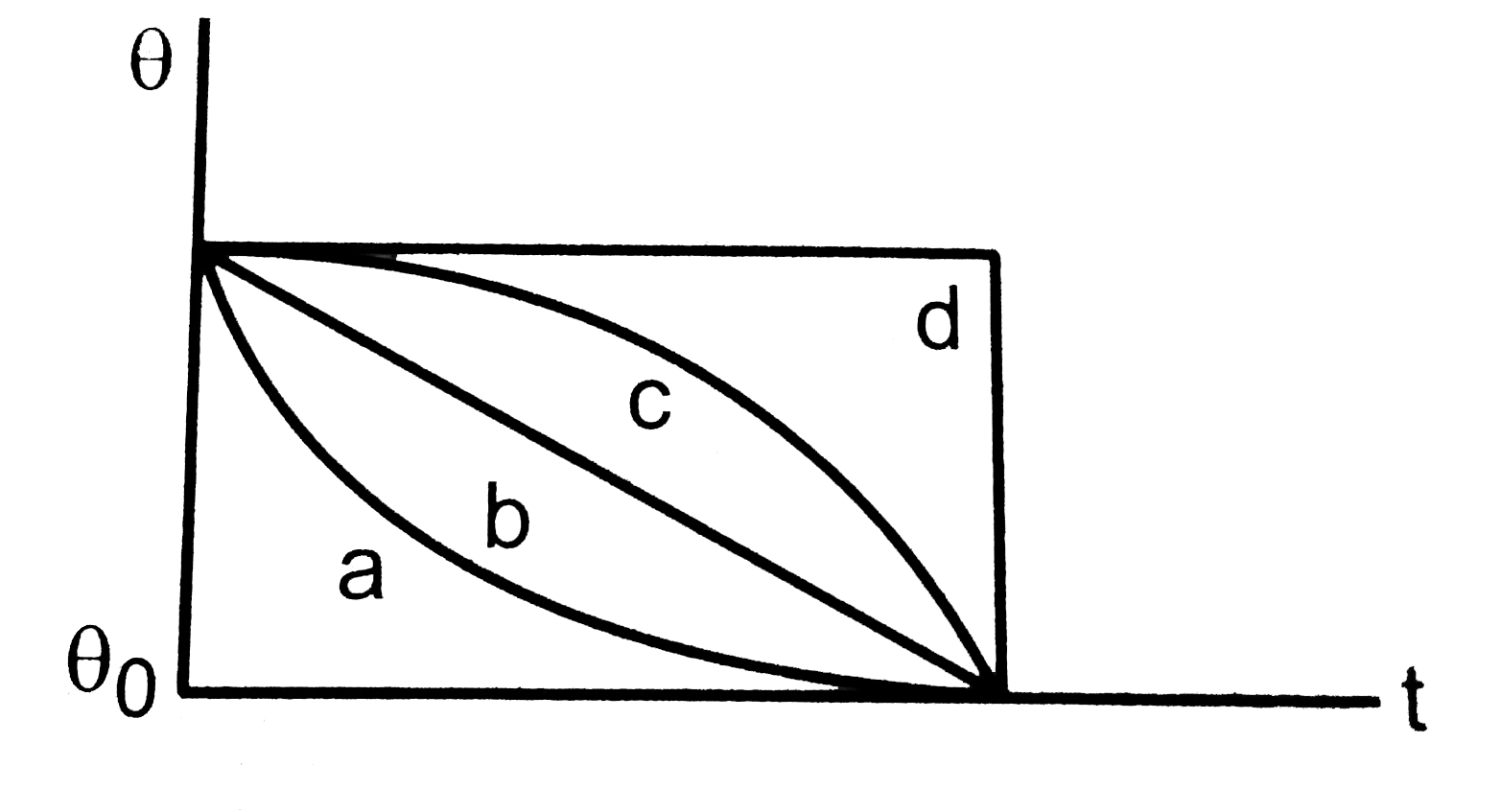 View Solution
View SolutionThe displacement-time graph of two moving objects A and B are shown in the figure given below. Which of the following is incorrect?
 View Solution
View SolutionRate of reaction (r ) is plotted against temperature (T) for an enzyme catalysed reaction. Which of the following is correct representation ?
View Solution


